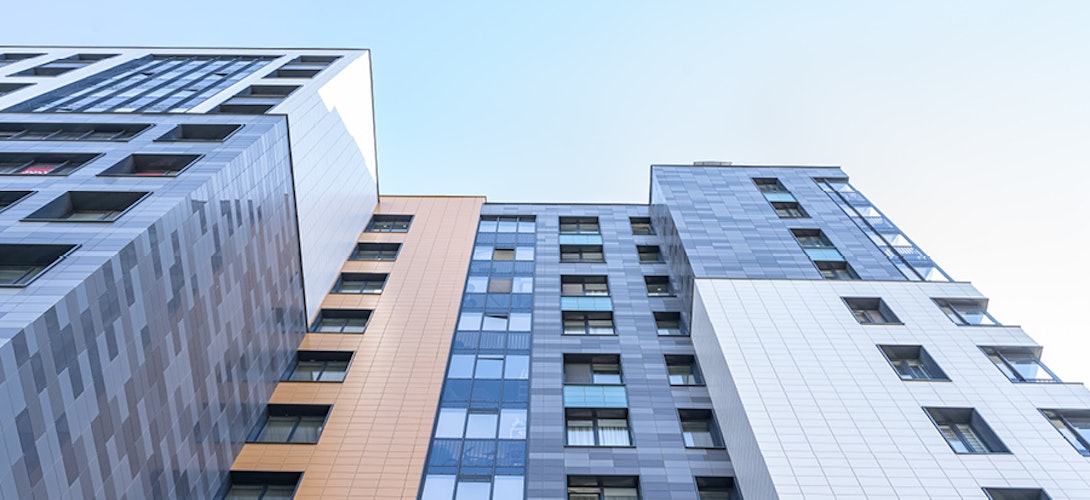
In the regulatory environment following the Grenfell tragedy, understanding the difference between a Fire Risk Assessment (FRA) and a Fire Risk Appraisal of External Walls (FRAEW) is essential for building owners, managing agents and responsible persons.
At Securus, we regularly help clients navigate this distinction to make confident, compliant decisions.
What Is a Fire Risk Assessment (FRA)?
A Fire Risk Assessment is the legally mandated foundation of fire safety compliance. It is required under the Regulatory Reform (Fire Safety) Order 2005 and applies to:
All non-domestic premises
The communal areas of multi-occupied residential buildings
The FRA evaluates:
Fire hazards and sources of ignition
People at risk
Current safety measures (e.g., alarms, means of escape, signage)
Recommendations to reduce risk and improve life safety
A Fire Risk Assessment (FRA) takes a comprehensive view of the building. It reviews all components, from internal systems to structural features. However, it may not closely examine the external wall system (EWS) unless there are clear signs of concern.
What Is a Fire Risk Appraisal of External Walls (FRAEW)?
The FRAEW is a specialist assessment focusing exclusively on the building’s external wall system, including:
Cladding
Insulation
Cavity barriers
Balconies or attachments
FRAEWs are typically required when:
The external wall materials are unknown or potentially combustible
There is visible cladding or unusual attachments
Funding or insurance bodies require an evidence-based risk profile
This appraisal is conducted in accordance with PAS 9980:2022, a British Standard designed to provide proportionate, risk-based guidance on external fire spread.
Two Scenarios: When Each Assessment Applies
Scenario 1 – FRA Only Needed
A low-rise block with masonry walls and no cladding has its FRA conducted by our team. The materials are confirmed to be low-risk. No further investigation is necessary.
Scenario 2 – FRA Followed by FRAEW
A high-rise residential building has metal composite cladding. The FRA identifies potential concerns, and we recommend a FRAEW. Upon inspection, we find a missing cavity barrier, leading to a recommendation for targeted remediation, in line with PAS 9980.
Our Approach
At Securus, our process ensures clients understand when a FRAEW is truly required and avoids any unnecessary costs or delays. We adopt a proportionate risk-based approach, helping our clients make practical decisions that ensure safety without over-engineering or overspending.
We also ensure that our clients meet the expectations of insurers, regulators and leaseholders and receive clear, prioritised recommendations backed by data and experience.
Do You Need A FRAEW?
Not always. Many buildings with traditional masonry walls and no combustible cladding can rely on the FRA alone. But for complex or tall buildings, or those with uncertain EWS components, commissioning a FRAEW may be the responsible next step.
The FRA is the cornerstone of fire safety management. The FRAEW is a vital specialist tool when external wall risks are suspected. Both play critical roles and knowing when and how to deploy each can mean the difference between compliance and liability.
Unsure what applies to your building?
We are here to help. Contact Securus for expert-led fire safety advice.
Related news
-
News

11.06.2025
FRA vs. FRAEW: Clarifying the Roles of Fire Safety Assessments for Duty Holders
In the regulatory environment following the Grenfell tragedy, understanding the difference between a Fire Risk Assessment (FRA) and a Fire Risk Appraisal of External Walls (FRAEW) is essential for building owners, managing agents and responsible persons.
-
News

08.04.2024
Farm Vehicles and Livestock Safety
For another year running, agriculture maintains its number one spot on the grisly leaderboard of workplace deaths, with incidents involving farm livestock as the main cause of these fatal accidents, followed closely by vehicle-related fatalities.
-
News

30.01.2024
Navigating Flood Risk: Strategies to Safeguard Your Business
It has been another wet year. Unprecedented levels of rainfall from winter storms and the seemingly endless wet days in between have caused widespread flooding.
-
News

02.11.2023
Simplify Commercial Combined Insurance with Securus
Businesses often find themselves juggling multiple policies to cover various aspects of their operations. This fragmented approach can lead to coverage gaps and increased costs. This is where Securus comes in - with our comprehensive Commercial Combined Risk Surveying.

